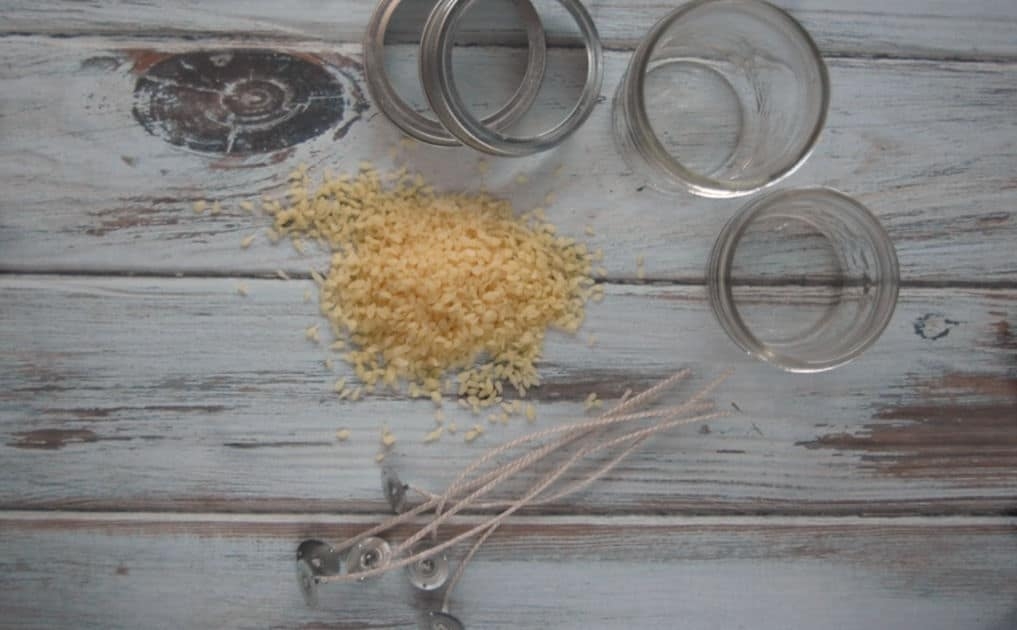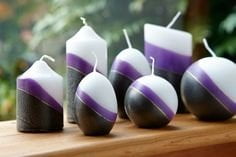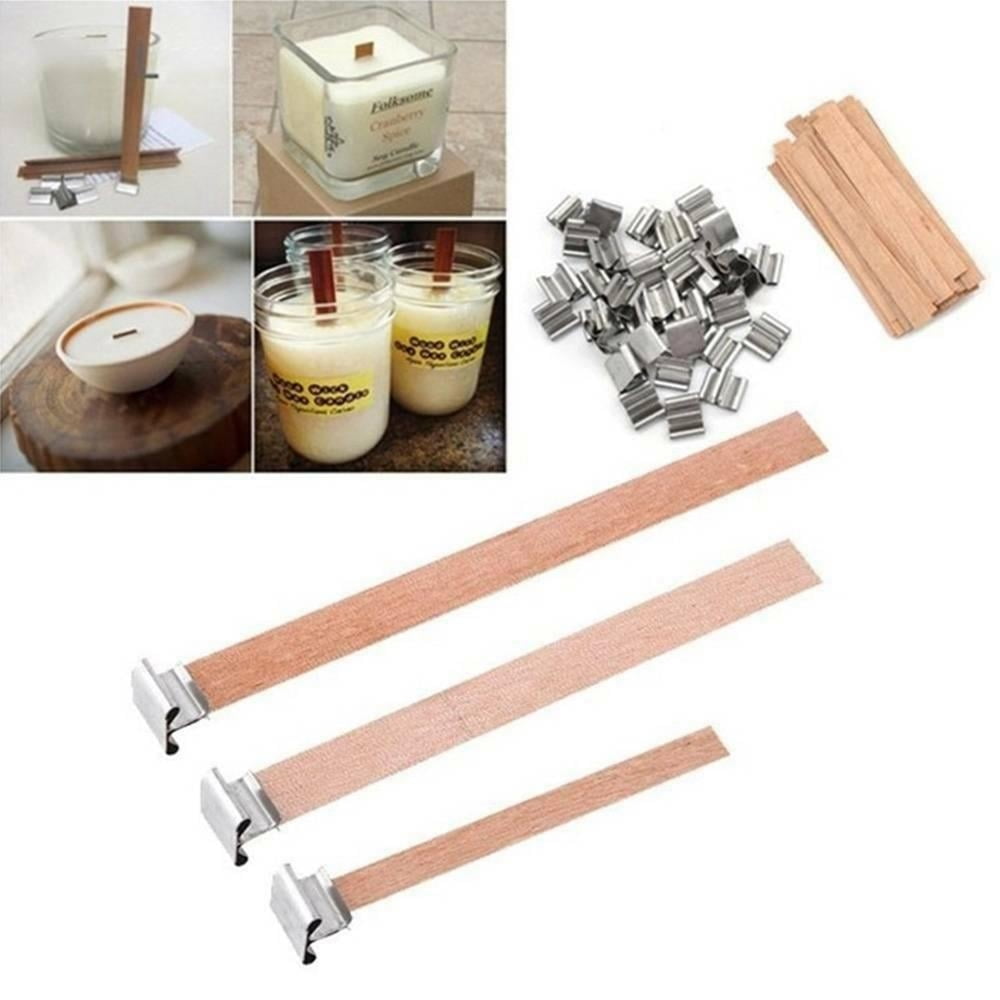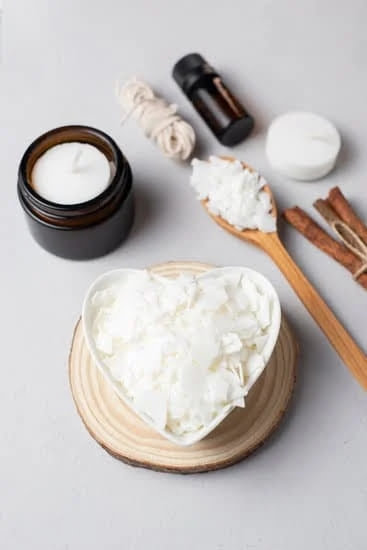Are you interested in learning more about paraffin for candle making? Paraffin wax is an essential material for creating beautiful and functional candles. In this article, we will explore the various aspects of using paraffin wax for candle making, from understanding what it is and how it’s made to the benefits of using it, different types available, and how to use it step by step.
We’ll also cover some tips, tricks, and safety precautions for working with paraffin wax, as well as alternatives to consider. Whether you’re a beginner or an experienced candle maker, this comprehensive guide will provide valuable insights into the world of paraffin wax.
Paraffin wax is a popular choice for candle making due to its affordability, versatility, and ease of use. It is derived from petroleum and has a low melting point, making it ideal for crafting candles of various shapes and sizes.
Additionally, paraffin wax has excellent scent throw and can hold large amounts of fragrance oil, making it a preferred choice for scented candles. As we delve into this topic further, you will gain a deeper understanding of why paraffin wax is a great option for your candle making projects.
Whether you are curious about the process of making paraffin wax candles or seeking alternatives to traditional paraffin wax, this article will equip you with the knowledge needed to make informed decisions when creating your own unique candles. From understanding the basics to exploring advanced techniques, we’ve got you covered. So let’s dive in and explore all there is to know about using paraffin wax for candle making.
Understanding Paraffin Wax
Paraffin wax is a popular choice for candle making due to its many positive attributes. But what exactly is paraffin wax and how is it made? Understanding the basics of this material is crucial for anyone interested in creating their own candles.
Paraffin wax is a white or colorless soft solid derived from petroleum, coal, or shale oil. It is made by dewaxing and then refining crude mineral oil. The process involves separating the wax from the oil which results in the production of paraffin wax. The quality and type of paraffin wax can vary depending on the crude oil source and refining process used.
One of the key benefits of paraffin wax for candle making is its affordability and accessibility. This type of wax is widely available and cost-effective, making it an attractive option for both hobbyists and professional candle makers alike. Additionally, paraffin wax has a higher melting point which allows candles to burn longer compared to other types of waxes such as soy or beeswax.
When working with paraffin wax for candle making, it’s important to understand its properties and how they can affect your end product. Different types of paraffin waxes exist, each with their own unique melting points, textures, and characteristics that make them suitable for specific types of candles. Whether you’re creating votive candles or pillar candles, choosing the right type of paraffin wax is essential for achieving the desired results.
| Paraffin Wax Type | Characteristics |
|---|---|
| Fully Refined Paraffin Wax | High melting point, excellent scent throw |
| Semi-Refined Paraffin Wax | Lower cost, good fragrance retention |
| Microcrystalline Paraffin Wax | Flexible, suitable for container candles |
Benefits of Using Paraffin Wax for Candle Making
Clean Burning
Paraffin wax is known for its clean-burning properties, making it an ideal choice for candle making. When a paraffin candle burns, it produces minimal soot and smoke, creating a cleaner and healthier environment in your home. This benefit also makes paraffin candles easier to maintain, as they leave little to no residue on the walls and ceilings.
Long Lasting
Another significant benefit of using paraffin wax for candle making is its long-lasting burn time. Paraffin candles have the advantage of burning slower than other types of wax, allowing you to enjoy the fragrance and ambiance of your candle for extended periods. This makes them a cost-effective option for both personal use and commercial sales.
Strong Scent Throw
Paraffin wax has a natural ability to hold a higher fragrance load compared to other waxes, resulting in a stronger scent throw when lit. This means that when you use paraffin wax for your candles, the fragrance will be more prominent and fill the room with beautiful aromas. Whether you are making scented candles for relaxation or as gifts for loved ones, paraffin wax allows you to create an immersive olfactory experience for everyone to enjoy.
As demonstrated by these benefits, paraffin wax is truly a top choice for both beginner and experienced candle makers looking to create high-quality and efficient candles. Its clean-burning properties, longevity, and ability to hold strong scents make it a versatile and reliable option for all your candle making needs.
Different Types of Paraffin Wax for Candle Making
Fully Refined Paraffin Wax
Fully refined paraffin wax is a popular choice for candle making due to its high quality and purity. It goes through an extensive refining process, which removes impurities and produces a wax with a high melting point. This type of paraffin wax is ideal for making pillar candles and container candles, as it provides a smooth, glossy finish.
Semi-Refined Paraffin Wax
Semi-refined paraffin wax is another option for candle making, known for its affordability and versatility. This type of paraffin wax undergoes a less intensive refining process compared to fully refined wax, resulting in a lower melting point and a more opaque appearance. Semi-refined paraffin wax is often used for making taper candles and molded candles.
Slack Wax
Slack wax is the crudest form of paraffin wax and contains higher levels of oil compared to fully and semi-refined wax. While it may not be the first choice for candle making, some crafters use slack wax to create rustic or textured candles with a unique appearance.
When choosing the right type of paraffin wax for candle making, consider factors such as the desired candle type, fragrance load, color intensity, and budget. Each type of paraffin wax has its own set of characteristics that can impact the final outcome of your candles, so it’s important to weigh these factors before making your selection.
How to Use Paraffin Wax in Candle Making
Paraffin wax is a popular choice for candle making due to its ease of use and affordability. Here is a step-by-step guide on how to use paraffin wax in candle making:
1. Prepare Your Workstation: Before starting, make sure your work area is clean and organized. Lay out all the necessary tools such as a double boiler, thermometer, fragrance oils, candle dye, wick, and containers for the candles.
2. Melting the Wax: Use a double boiler to melt the paraffin wax. Fill the bottom pot with water and place the top pot with the wax in it. Heat the wax slowly over medium heat until it reaches 170-180°F.
3. Adding Fragrance and Color: Once the wax has melted, add your desired fragrance oil and candle dye. Stir gently to ensure that both are evenly distributed throughout the wax.
4. Preparing the Wick and Container: While the wax is cooling down slightly, prepare your containers by securing the wick in the center using a wick holder or tape.
5. Pouring the Wax: Carefully pour the melted paraffin wax into your prepared containers, ensuring that the wick stays centered throughout.
6. Allowing to Set: Let the candles cool and harden at room temperature for several hours before trimming the wick to about ¼ inch.
By following these simple steps, you can successfully use paraffin wax for your candle making projects, creating beautiful and fragrant candles in no time.
Remember that working with hot wax can be dangerous, so always exercise caution when handling paraffin for candle making to avoid accidents or injuries.
Tips and Tricks for Working With Paraffin Wax
Working with paraffin wax can be a rewarding experience, but it also requires some skill and know-how. Here are some useful tips and tricks to help you work with paraffin wax effectively:
- Use a double boiler: When melting paraffin wax, it’s important to use a double boiler to prevent direct heat contact. This method ensures that the wax melts evenly and reduces the risk of burning or scorching.
- Adding fragrance: If you want to add fragrance to your paraffin candles, it’s best to do so when the wax has reached a temperature of around 185°F (85°C). This will help the fragrance bind better with the wax, resulting in a stronger scent throw when the candle is burned.
- Coloring your candles: When adding color to your paraffin wax, use specially formulated dyes designed for candle making. Start with a small amount as color dyes can be quite concentrated, and mix thoroughly before adding more if needed.
By following these tips and tricks, you can create beautifully crafted candles using paraffin wax. Whether you’re a beginner or an experienced candle maker, these techniques will help you achieve professional-looking results.
Remember that practice makes perfect when working with paraffin wax, so don’t be discouraged if your first few attempts don’t turn out exactly as planned. Keep experimenting and refining your skills for great success in your candle making endeavors.
Safety Precautions When Using Paraffin Wax for Candle Making
When working with paraffin wax for candle making, it is important to prioritize safety to ensure a successful and risk-free experience. Here are some safety precautions to keep in mind when using paraffin wax:
- Ventilation: Ensure that you are working in a well-ventilated area to prevent the inhalation of fumes emitted by the melting paraffin wax.
- Melting Temperature: Use a double boiler or dedicated wax melting pot to melt the paraffin wax at the recommended temperature of 160-180°F (71-82°C) to avoid the risk of fire or burns.
- Avoid Overheating: Do not overheat the wax as it can result in flammability and potential fire hazards.
Tips for Safe Candle Making With Paraffin Wax
In addition to taking necessary precautions, there are some additional tips to keep in mind when working with paraffin wax for candle making:
- Avoid Water Contact: Keep all tools and surfaces dry when working with hot wax to prevent splattering and burns.
- Use Heat-Resistant Equipment: Make sure that your containers, molds, and utensils are heat-resistant to withstand the high temperatures involved in melting and pouring hot wax.
- Keep Fire Safety Measures Handy: Have a fire extinguisher, baking soda, or sand nearby in case of any accidents involving flames or fire caused by the hot wax.
Remembering these safety precautions and tips will help you create beautiful candles safely using paraffin wax while minimizing the risks associated with handling hot materials. By following these guidelines, you can enjoy candle making as a fulfilling and safe hobby or business endeavor.
Alternatives to Paraffin Wax for Candle Making
There are several alternatives to paraffin wax for candle making, each with its own set of pros and cons. One popular alternative is soy wax, which is derived from soybean oil. Soy wax is known for its eco-friendly nature, as it is a renewable resource and biodegradable.
It also burns cleanly and slowly, resulting in a longer-lasting candle. Additionally, soy wax has a lower melting point than paraffin wax, making it easier to work with for beginner candle makers. However, soy wax can be more expensive than paraffin wax and may not hold fragrance oils as well.
Another alternative to paraffin wax is beeswax, which is produced by honeybees. Beeswax candles have a natural sweet scent and a beautiful golden color. They also burn cleaner and produce less soot than paraffin candles. However, beeswax is more expensive than paraffin wax and can be difficult to work with due to its high melting point.
A less common alternative to paraffin wax is palm wax, which is derived from palm oil. Palm wax has a unique crystalline appearance when solidified, giving candles an attractive textured look. It also has a higher melting point than paraffin wax, making it suitable for warmer climates. However, concerns about the environmental impact of palm oil production have led some candle makers to avoid using palm wax.
Conclusion
In conclusion, paraffin wax is a fantastic choice for candle making due to its numerous benefits and ease of use. Whether you are a beginner or an experienced candle maker, paraffin wax offers a versatile and affordable option for creating beautiful and functional candles.
One of the key advantages of using paraffin wax for candle making is its affordability and accessibility. Paraffin wax is widely available and cost-effective, making it the top choice for many candle makers, especially those creating candles in bulk or for commercial purposes. Additionally, paraffin wax comes in various types with different melting points, allowing for greater flexibility and customization in the candle-making process.
Furthermore, paraffin wax produces clean-burning and long-lasting candles that can hold color and fragrance exceptionally well. Its ability to hold scent makes it a popular choice for scented candles, adding another dimension to the overall candle-making experience.
Overall, paraffin wax provides consistent results and allows for creativity in the creation of unique candles suitable for any occasion or setting. With proper care and safety precautions in place, using paraffin wax as your primary candle-making material can lead to satisfying and rewarding results.
Frequently Asked Questions
Is Paraffin Good for Candle Making?
Paraffin is commonly used in candle making because it has a low melting point, which makes it easy to work with. It also has a clean burn, meaning it doesn’t produce soot or smoke when lit.
What Type of Paraffin Is Used in Candles?
The type of paraffin used in candles is typically refined and purified to remove any impurities or additives that could affect the quality of the candle. This ensures that the candle burns cleanly and evenly.
Is There a Difference Between Candle Wax and Paraffin?
Candle wax is a general term that refers to any substance used to make candles, while paraffin specifically refers to a type of wax derived from petroleum. So, paraffin is a type of candle wax, but not all candle waxes are necessarily paraffin-based.

Welcome to my candle making blog! In this blog, I will be sharing my tips and tricks for making candles. I will also be sharing some of my favorite recipes.





